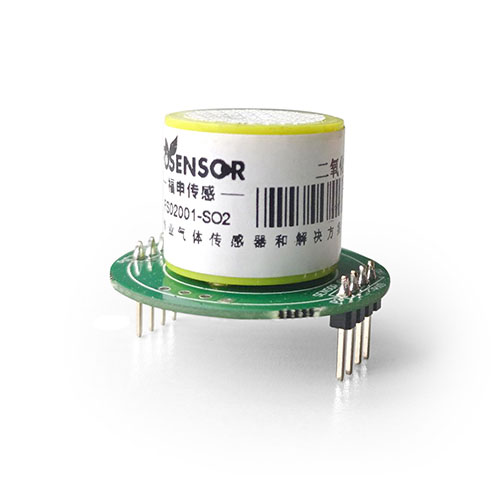Odor detection sensor working principle
Odor detection sensor is an electronic device used to detect gas concentration. It is widely used in artificial intelligence, environmental monitoring and other fields. Its working principle mainly relies on the interaction between sensitive materials and gas molecules to detect gas concentration, thereby converting odor into electrical signal output. This article will focus on the working principle of Odor detection sensor and give a brief introduction to its application.

Odor detection sensor working principle
1.Sensitive materials
The sensitive material of the Odor detection sensor is the key to detecting gas concentration. A sensitive material is usually a chemical substance that has the property of being sensitive to a specific gas. When gas molecules come into contact with sensitive materials, they cause physical or chemical reactions that lead to changes in electrical properties. The sensitive material is generally a nanomaterial, such as zinc oxide, silicon nitride, etc. Its particle size is typically in the nanometer range, which gives them high surface area and reactivity, which can greatly increase reaction speed and sensitivity.
2.Transmitter
The signal detected by the Odor detection sensor needs to be transmitted to the data receiver through the transmitter for processing and analysis. The transmitter is usually an analog circuit integrated on a chip. Its main function is to amplify and filter the electrical signals generated by sensitive materials, and then convert them into digital signals for transmission to the data receiver. The transmitter can also process the signal as needed, such as increasing resolution, reducing noise, etc.
3.Data receiver
As the last line of defense for smell sensors, the data receiver needs to receive and process the signals transmitted by the transmitter. The data receiver is usually a microcontroller whose main task is to decode the received digital-to-analog conversion signal and then send the decoded data to the processing unit.
Application of Odor detection sensor
Odor detection sensors are widely used in artificial intelligence, environmental protection, medical care, food safety and other fields. The following are its main applications:
1.Environmentally friendly
Odor detection sensor can be used for air pollution monitoring in the field of environmental protection. Focus on detecting the concentration of various pollutants in the air, such as PM2.5, ozone, sulfur dioxide, etc. Odor sensors can also be used in Home air quality monitors to detect indoor air quality. They can realize environmental monitoring and alarm functions by detecting the concentration of toxic gases such as carbon dioxide, formaldehyde, and benzene in indoor air.
2.Food safety
Odor detection sensor can be used to detect harmful chemicals in food, such as lead, mercury, pesticides, etc. Ensure people’s food safety by detecting the concentration of chemical substances in food.
3.Medical
The application of Odor detection sensors in the medical field helps improve the quality of medical care. For example, they can detect the smell of diseases such as tumors, allowing them to quickly diagnose the disease.
4.Smart home
Odor detection sensor can be used for intelligent control in smart homes. For example, odor sensors can be used to detect indoor air quality and automatically adjust indoor air circulation and purification systems.
5.Consumer electronics
Odor sensors can also be used in consumer electronics, such as wearable devices. By detecting chemical releases in breath and sweat, the health status of the human body can also be monitored to promote health management.
Odor detection sensor mainly detects gas concentration and converts it into electrical signal output through a system composed of sensitive materials, transmitters and data receivers. Its application fields are wide ranging, including environmental protection, food safety, medical care, smart home, consumer electronics, etc. In the future, the development of odor sensors will help people understand important information such as air quality and food safety more conveniently, providing people with a more efficient and safer living environment.







